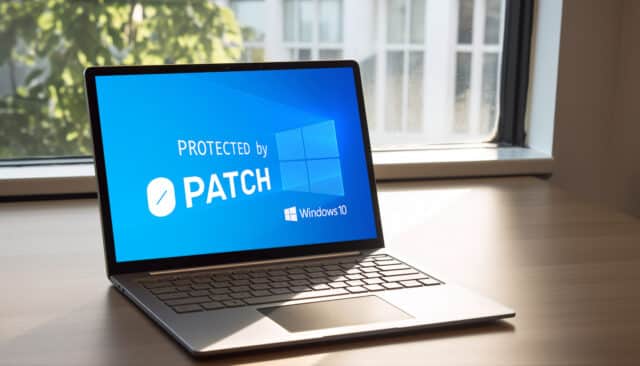0patch will keep Windows 10 secure for at least five more years after Microsoft abandons it

October 2025 marks a significant turning point for many Windows users. As Windows 10 receives its last free security updates from Microsoft, the only "free" way to keep Windows secure will be to take the plunge and upgrade to Windows 11. Despite Microsoft's best efforts, many users either don’t want to -- or can’t -- do this. Issues range from a preference for the familiar Windows 10 interface to the more serious matter of hardware incompatibility.
Canalys estimates that 240 million computers worldwide don’t meet Windows 11’s hardware requirements, lacking TPM 2.0, a supported CPU, 4GB RAM, UEFI firmware with Secure Boot capability, or a supported GPU. Leaving a Windows 10 computer unpatched after October 2025 will likely open it up to critical vulnerabilities within the first month, but there are solutions available to keep Windows 10 running securely after end-of-life arrives.
Microsoft offers Extended Security Updates (ESU) for up to three additional years. Pricing details for organizations are already known: educational institutions can extend updates for the bargain rate of $7 for three years, while commercial organizations face a steeper cost -- $61 for the first year, $122 for the second, and $244 for the third, totaling $427 per computer over three years.
0patch, which has a history of updating Windows after Microsoft stops doing so, says from October 2025 it will “security-adopt” Windows 10 v22H2, providing critical security patches for at least five additional years -- or longer if demand persists. The firm has previously offered support for Windows 7, and Windows Server 2008 and 2012.
Unlike traditional solutions, 0patch provides “micropatches” -- tiny updates applied in memory without rebooting the system. These patches will set you back €24.95 (approximately $26) per computer per year for individual users and small businesses (0patch PRO), and €34.95 (about $37) per computer per year for larger organizations (0patch Enterprise), which includes central management and other enterprise-level features.
0patch also covers "0day" vulnerabilities, "Wontfix" patches for issues Microsoft decides not to address, and updates for non-Microsoft software, such as Adobe Reader and Zoom.
